-

Sulfamethoxazole sodium salt CAS:4563-84-2
Sulfamethoxazole sodium salt is a water-soluble derivative of sulfamethoxazole, a sulfonamide antibiotic used in the treatment of bacterial infections. This salt form enhances the solubility and stability of sulfamethoxazole, making it suitable for various pharmaceutical formulations. Sulfamethoxazole sodium salt exerts its bacteriostatic effects by inhibiting the synthesis of folic acid in bacteria, an essential process for their growth and replication. It is effective against a wide range of gram-positive and gram-negative bacteria.
-

Sulfamethoxazole CAS:723-46-6
Sulfamethoxazole is a sulfonamide antibiotic commonly used in combination with trimethoprim to create a potent antibacterial medication known as co-trimoxazole or trimethoprim-sulfamethoxazole (TMP-SMX). It belongs to the class of antimicrobials known as sulfa drugs, which inhibit bacterial growth by interfering with the synthesis of folic acid. Sulfamethoxazole specifically targets dihydropteroate synthase, an enzyme involved in folate production, thereby exerting bacteriostatic effects against a broad spectrum of gram-positive and gram-negative bacteria.
-
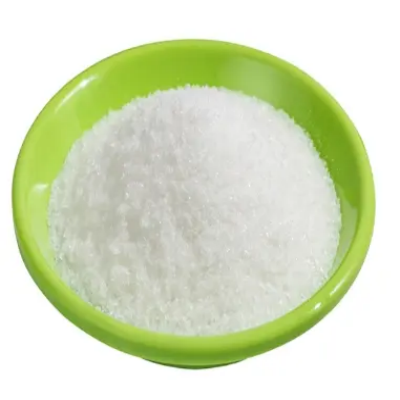
Sulfadiazine sodium salt CAS:547-32-0
Sulfadiazine sodium salt is a sodium salt derivative of sulfadiazine, a sulfonamide antibiotic widely used in the treatment of bacterial infections. This salt form enhances the solubility and stability of sulfadiazine, making it suitable for various pharmaceutical formulations. Sulfadiazine sodium salt functions by inhibiting the synthesis of folic acid in bacteria, a vital component for their growth and replication. By interfering with this process, it effectively targets a broad spectrum of gram-positive and gram-negative bacteria.
-
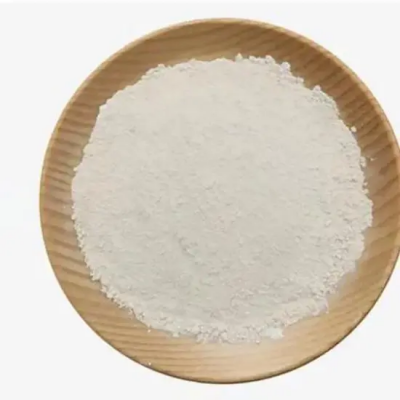
Sulbactam acid CAS:68373-14-8
Sulbactam acid is a beta-lactamase inhibitor that is often combined with certain antibiotics to enhance their effectiveness against bacterial infections. It works by inhibiting the action of beta-lactamase enzymes produced by some bacteria, which would otherwise deactivate antibiotics such as penicillins and cephalosporins. Sulbactam acid is commonly used in combination with ampicillin to create a potent antibiotic known as ampicillin-sulbactam, which has a broader spectrum of activity against resistant bacterial strains.
-

Sulfacetamide CAS:144-80-9
Sulfacetamide is a sulfonamide antibiotic that is commonly used topically to treat bacterial infections of the skin and eyes. It works by inhibiting the growth of bacteria, particularly those responsible for conditions such as acne vulgaris, seborrheic dermatitis, and ocular infections like conjunctivitis. Sulfacetamide exerts its antibacterial effects by interfering with the synthesis of folate, an essential nutrient for bacterial growth. This mechanism of action makes it effective in combating a variety of gram-positive and gram-negative bacteria, making it a versatile option for localized bacterial infections.
-
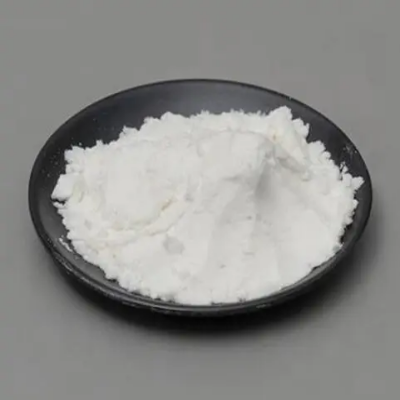
Sulfanilamide CAS:63-74-1
Sulfanilamide, a sulfonamide antibiotic, is one of the first synthetic antimicrobial agents developed for the treatment of bacterial infections. It works by inhibiting the synthesis of folic acid in bacteria, leading to bacteriostatic effects against a variety of gram-positive and gram-negative bacteria. Sulfanilamide’s mechanism of action targets dihydropteroate synthase, an enzyme crucial for folate production in bacteria, thereby disrupting their growth and replication.
-
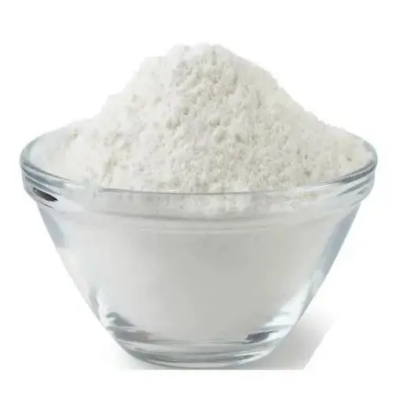
pentafluorophenol CAS:771-61-9
Pentafluorophenol is a chemical compound with the molecular formula C6F5OH. It is a potent phenol derivative with five fluorine atoms attached to a phenolic ring, widely used in organic synthesis and as a versatile building block in various chemical reactions.
-
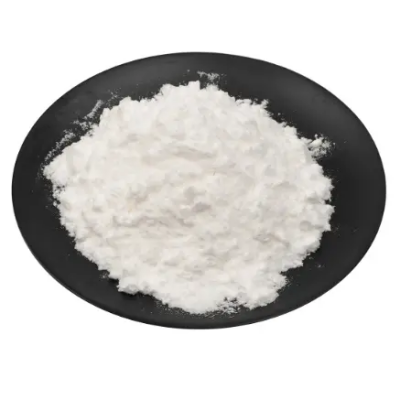
naphthalene-1,4,5,8-tetracarboxylicacid CAS:81-30-1
Naphthalene-1,4,5,8-tetracarboxylic acid is a chemical compound with four carboxylic acid groups attached to a naphthalene ring structure. It is used as a versatile building block and intermediate in organic synthesis for the production of polymers, dyes, and specialty chemicals.
-
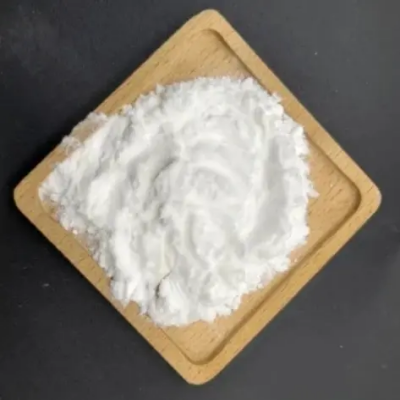
N-Benzyl-3-pyrrolidinol CAS:775-15-5
N-Benzyl-3-pyrrolidinol is a chemical compound featuring a benzyl group attached to the pyrrolidinol molecule. It is commonly used as a versatile building block and intermediate in organic synthesis for pharmaceuticals, agrochemicals, and specialty chemicals.
-
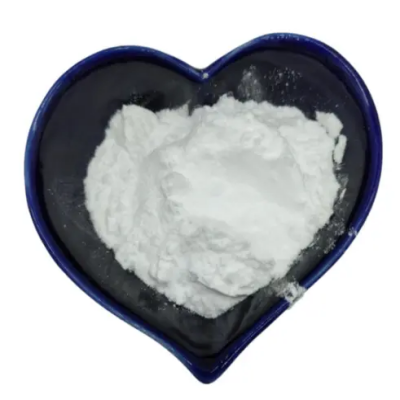
N-Isopropylbenzylamine CAS:102-97-6
N-Isopropylbenzylamine is a chemical compound with the molecular formula C10H15N. It is commonly used as a reagent and intermediate in organic synthesis, particularly in the pharmaceutical and chemical industries.
-
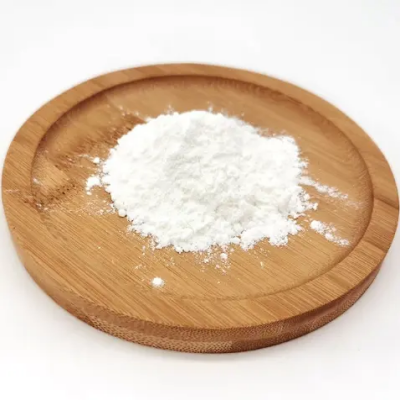
Decamethyltetrasiloxane CAS:141-62-8
Decamethyltetrasiloxane is a chemical compound with the molecular formula C10H30O2Si5. It belongs to the class of organosilicon compounds and is commonly used as a solvent, coupling agent, and building block in various industrial applications.
-
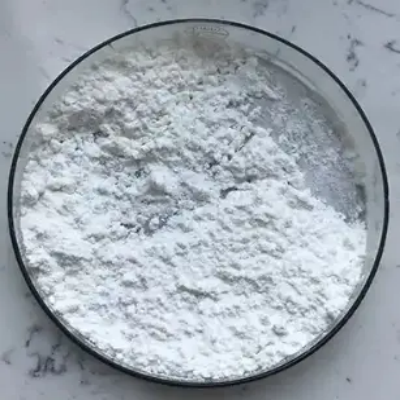
3-Chloropyridine CAS:626-60-8
3-Chloropyridine is a chemical compound featuring a chlorine atom attached to the third position of the pyridine ring. It is commonly used as a versatile building block and intermediate in organic synthesis for the production of pharmaceuticals, agrochemicals, and specialty chemicals.

